General Tso’s chicken to bento bowls: A food guide to Taiwan politics
-
Published
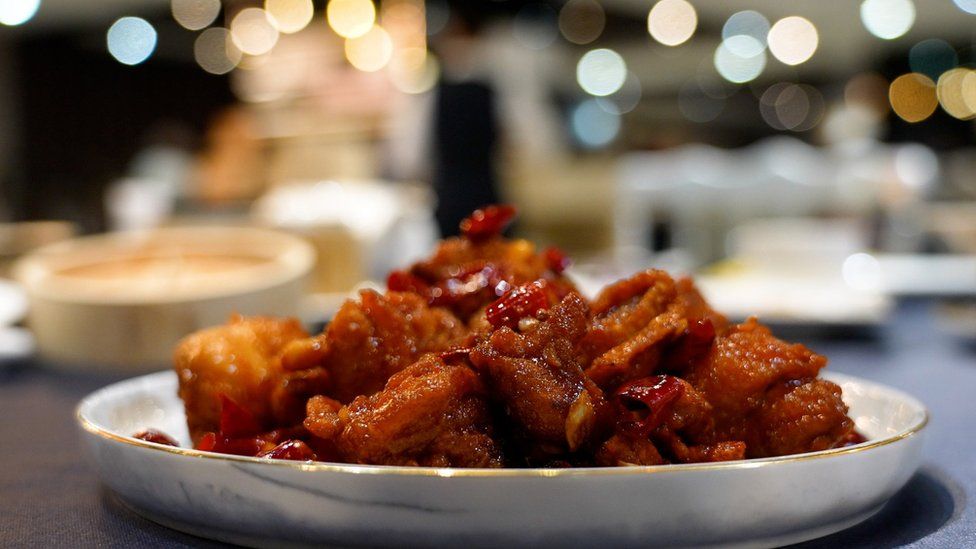
“I wanted to find out who I am through food,” says Taiwanese chef Aeles as she stuffs pork into millet dumplings, before wrapping them in two kinds of local leaves.
Millet dumplings, locally known as abai, are a sacred staple for Aeles’ tribe, the Rukai, who have lived in these mountains of south-eastern Taiwan for generations.
When the 61-year-old was growing up, the food of Taiwan’s indigenous tribes was almost impossible to find outside of the communities.
But that has been changing as Taiwan’s identity takes shape, often in defiance of Chinese claims. And indigenous chefs like Aeles want to make sure their food is also on the plate.
With an election looming, Taiwan’s “roots” are under the scanner again. China sees the democratic island as territory that it will eventually take back. But polls suggest that many Taiwanese see themselves as distinct.
The island is home to descendants of Chinese Nationalists who fled Mao Zedong’s Communist troops in 1949. But they were not the first to arrive.
Every wave of people that came brought their own fare, forever changing the Taiwanese table and creating iconic, wildly popular dishes. General Tso’s chicken, now an American hit, was invented in Taiwan.
Today, the island’s scrumptiously rich cuisine is an ideal guide to its thorny politics.
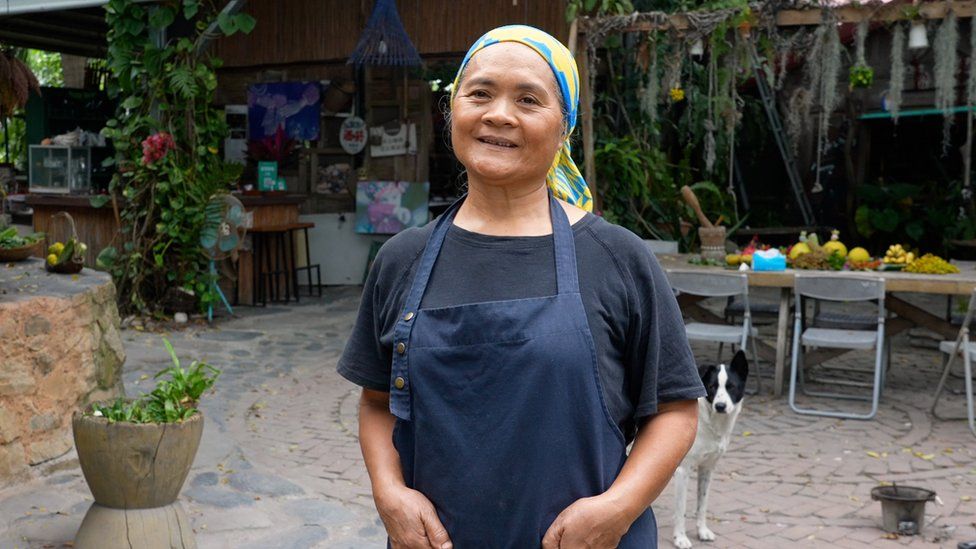
Smoked pork and blood sausage
Aeles was the only indigenous person in her high school in Taipei.
She hated it because she was often picked on by the other students, who were mostly of Chinese ethnicity, for her dark skin. “They called me ‘black beauty’,” she says.
She says Taiwan’s Japanese colonisers forced her ancestors to leave the mountains to cultivate land. And under the authoritarian rule of China’s Nationalists, which lasted into the 1980s, they were not allowed to speak their mother tongue. When she was a child, a fire that nearly destroyed her tribe forced many of them to seek work in cities.
When she went home for the holidays, she did not want to leave. She spent much of her time learning how to cook. Then 40 years ago, she opened her own restaurant, serving her tribe’s food on land they have lived on for generations.
Dawana is tucked away in Jhihben, a sleepy town famous for hot springs.
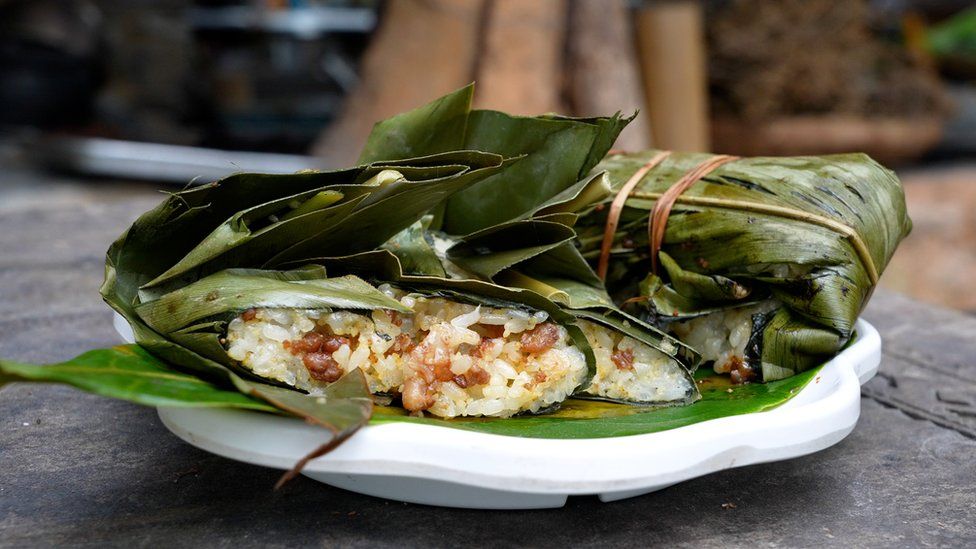
The restaurant, Aeles says, was a way for her to come home. “I didn’t see it as a way of making money, but a way for me to stay in my tribe and share my food with others.”
Smoked pork and blood sausage honour the Rukai’s hunting culture on her menu. And a cheesecake tinged with the flavour of betel leaves nods to outside influence.
Aeles is not alone. A three-hour drive away – also in Rukai land – is Akame, one of Taiwan’s most sought-after restaurants. It calls itself a modern grill – the Rukai word for it is akame – and has been described as southern Taiwan’s “most elusive reservation”.
Chef and owner Alex Peng says he wanted to combine the delicious simplicity of his people’s cuisine with what he learned from Chinese, Italian and French cooking – from millet-topped bread, which acknowledges the central role the grains play in indigenous life, to local pineapples served with a gentle mascarpone spiced with mountain pepper, native to northern Taiwan.
Akame, which he opened in 2015 at the heart of his tribe in Pingtung County, was his dream, Mr Peng says. And customers’ curiosity about indigenous culture makes him happy.
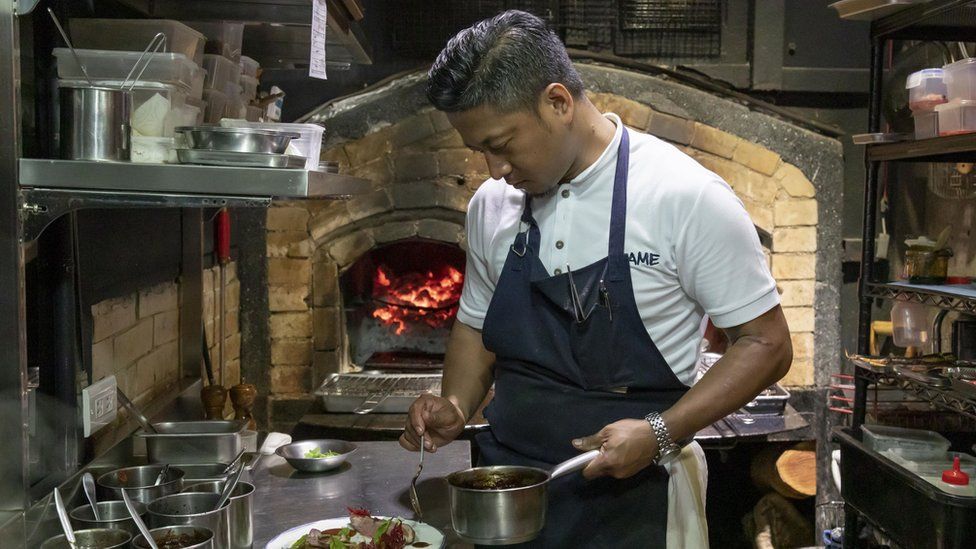
Every little detail is a loving tribute to who he is. The knives are miniature versions of Rukai hunting knives, while the plates and bowls are printed with the tribe’s totems.
Akame is one of a handful of fine-dining indigenous spots on the island.
“Our entire culture is beginning to rediscover and find the true essence of being Taiwanese,” says Aeles – after centuries of being left out of conversations about the island’s past, and its future.
Aleles says China’s narrative that Taiwan is an “inalienable part” of it “since ancient times” ignores the indigenous population – the 16 tribes that make up 2.5% of the island’s 23 million people.
“All of you came after us. Who do you think are the real Taiwanese people? My tribe has always been living here.”
General Tso’s chicken
The modern Chinese state’s claims over Taiwan are largely based on the rule of the Nationalists or Kuomintang (KMT).
Under their dictatorship was born what is now a world-famous dish, General Tso’s chicken.
“Strictly speaking, it’s created by a Hunan chef in Taiwan who was missing home,” says Pei Wei, a veteran journalist who has also authored two recipe books.
Peng Chang-kuei, the KMT’s head banquet chef was tasked with whipping up a dish for a visiting US admiral in the 1950s. Mr Peng was from the southern Chinese province of Hunan, which was once home to Mao. It’s known for its spicy cuisine, which uses a lot of fresh chillies.
The now-familiar sweet-and-sour flavour of General Tso’s chicken was meant to woo a foreigner’s taste buds, Mr Pei says.
“He added something spicy, the basic element of Hunan cuisine, and he deep-fried the chicken. Then, he added sauces.” A mix of black vinegar, rice wine and oyster sauce that effectively made the dish go viral.
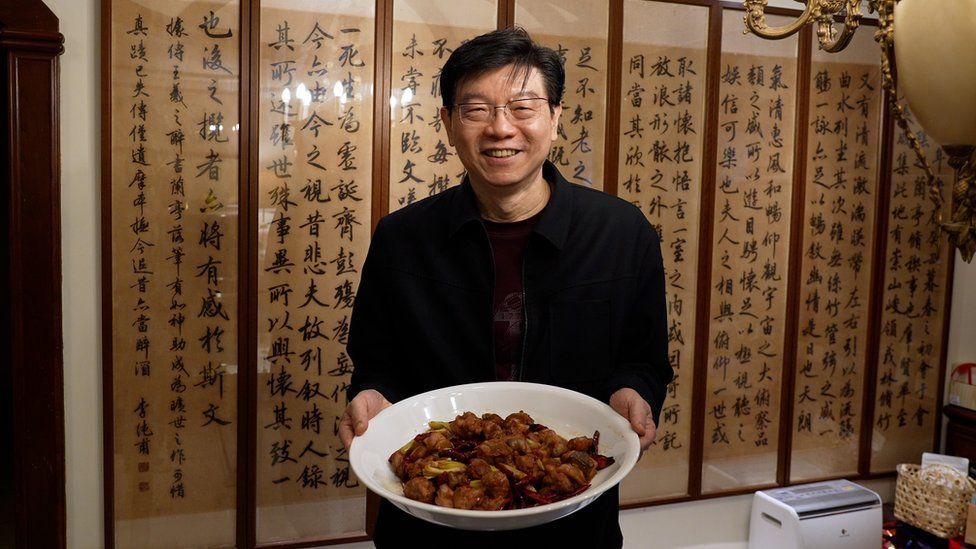
But Mr Peng also made adjustments for the Taiwanese palate, Mr Pei says – he stirred in honey and rock sugar, adding a sweetness that is unusual in Hunan food.
“It’s very hard to say how much of [the dish] is from mainland China.”
For a long time, the mainstream restaurant offer was the delicate, coastal cuisine of China’s Zhejiang province. It was the birthplace of KMT leader Chiang Kai-shek, who ruled the island with an iron fist.
Soon other Chinese immigrants followed, many from Hunan and Sichuan, another southern province, known for fiery, numbing flavours produced by its tiny but potent peppercorns.
Today, Taiwan’s streets are full of signs selling “Sichuan beef noodles” and “Wenzhou wantons”. These dishes aren’t from these places but rather inspired concoctions that hint of their heritage.
And that’s how Mr Pei, who was born in Taiwan to parents from the northern province of Shandong, sees himself: “I am Taiwanese.”
This is a sentiment the KMT is wary of – it has been Taiwan’s main opposition party for the last eight years and is campaigning hard on the promise of better ties with Beijing to win next week’s election.
Oyster omelette
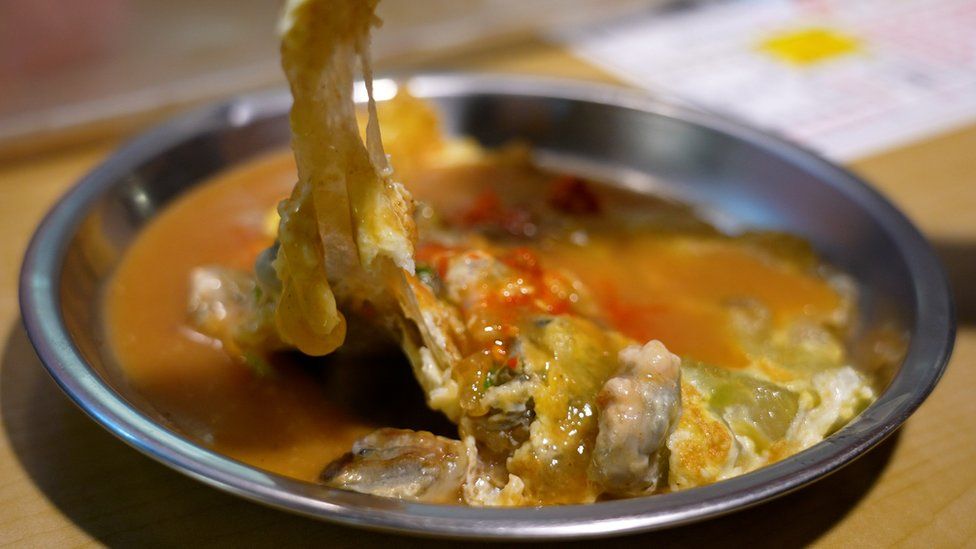
At night, foodies swarm the island’s markets to devour braised pork rice, crispy-fried Taiwanese popcorn chicken, overwhelmingly fermented “stinky” tofu and oyster omelettes.
This is the food of Chinese immigrants who came from the 17th Century onwards. Most of them were from Fujian in the east and Guangdong to its south.
But the flavours they brought have turned local.
Take the oyster omelette for instance – pan-fried oysters, vegetables, eggs and sweet potato flour are beaten together to make a gooey omelette, which is served with a paste of sweet chilli bean or soy sauce.
The Fujian version uses less batter, while in Guangdong it is crispier and dipped in fish sauce.
“The Taiwanese version pays a lot of attention to the batter. It tastes a bit thick and sticky but Taiwanese people love it,” food critic Liz Kao says.
When Ms Kao was growing up, snacks were a rare treat because her father, who was born in China but grew up in Hong Kong, was not a fan. Local Taiwanese culture was “looked down upon”.
But her mother, whose family had emigrated from China to Taiwan a long time ago, loved them. She and her mother would eat their favourite snacks in secret.
Taiwanese snacks were only thrown into the spotlight in the mid-1990s when the island became a democracy and domestic tourism started to boom.
It had its first elections in 1996 and the KMT won. But in 2000, the KMT lost the presidential race to the Democratic Progressive Party (DPP), moving out of power for the first time in half a century.
“Taiwanese snacks were included in the state banquet for the first time. The status of snacks was elevated,” Ms Kao says. “It showed that the local identity had become stronger.”
The bento bowl
The DPP, which has been in power for the last eight years, has stoutly rejected Beijing’s claims over the island.
Under this government, Taiwan has grown visibly closer to the US and Japan.
But Japan was also its coloniser from 1895 to 1945. There was suppression and exploitation but many also associate the Japanese with modernising the island’s infrastructure, including the railways. And in more recent decades, Japan’s solidarity with Taiwan, and against China, has also influenced perspective.
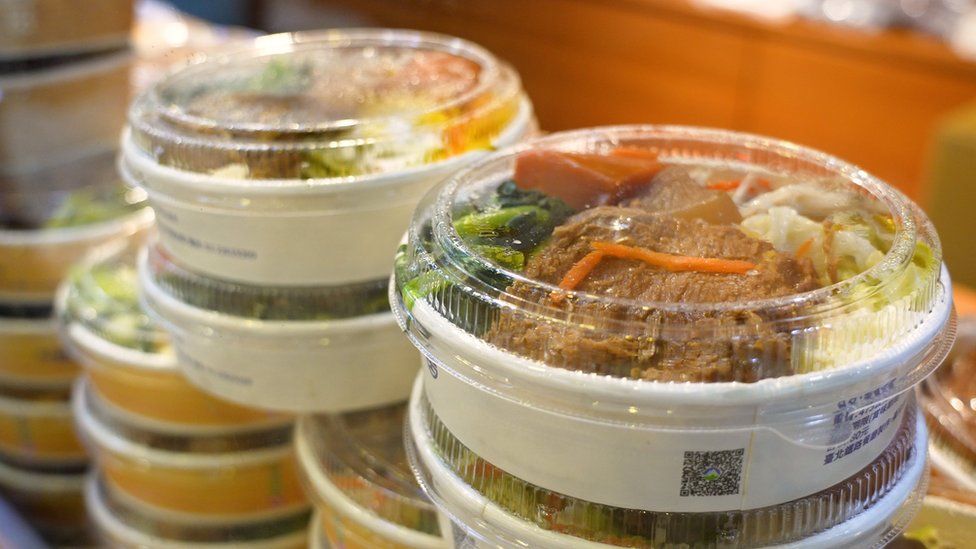
The legacy of this chequered relationship is everywhere, says writer Clarissa Wei. Her father, she adds, still uses the Japanese word for mother, Okaasan.
The famed Japanese bento box, with its tidily boxed meals, is the parent of Taiwan’s bento bowl – rice heaped with braised meat, eggs, tofu or vegetables. And no train journey there is complete without a bento. Once necessary for long train journeys, it has now become a nostalgic indulgence.
Ms Wei’s most recent cookbook calls Japanese influence on Taiwanese food “subtle but fundamental”: short grain rice, which the Japanese first grew, is still the preferred variety.
Their sugar factories, which supplied Taiwanese exports for decades, made the cuisine sweeter. And soy sauce and rice wine are made from Japanese, not Chinese, recipes.
This jumble of flavours and influences makes it that much harder to pin down the Taiwanese plate – but it has so far held together.
Food, Ms Kao says, “is the most gentle medium for forging a common identity in Taiwan”.
